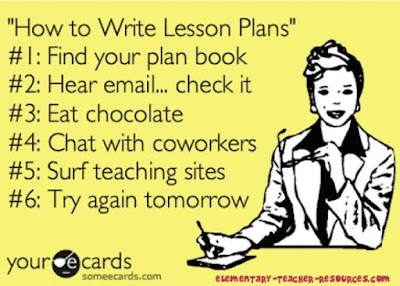Leadership: Summer Letter To Staff
In this post, I am sharing the letter I sent to staff last summer. A summer communication to staff is a great way to recapture the year and set the stage for the year ahead. My focus for the year ahead was greatness, team, and belief. All are personal choices we make every day. I share this letter in hopes that it can help you to frame this important communication for your staff whether new to the job or a veteran, communication will always be a critical component of leadership.
Dear Staff,
I hope that each of you has had a restful and enjoyable summer break. Summer is a great time to reflect and make adjustments for the year ahead. As I look back on the previous school year, I am proud of what our school accomplished, our professionalism as a staff, and most important, our collective commitment to doing our best for every student, every day. The staff of (School Name) has always been a great team!
The speed of change is fast and every year it gets faster. How we meet the challenges that inevitably come our way is our test of greatness personally, professionally, and collectively as a team. We understand the need to be fast and progressive to meet the changes and challenges we and our students face. Together our initiatives, commitment, and team focus have given us outstanding student achievement and a progressive and rewarding teaching environment.
For the past several years we focused on 21st century skills: creative thinking, creative problem solving, communication, collaboration, active engagement, higher level questioning, non-traditional class structures, and using unit-based planning to create lessons using backward design to create engaging units framed by pre-tests, formative assessments, and summatives to confirm what has been learned. The list may seem large, it is by no means exhaustive, nor is our work done. Initiatives we have worked on together and elements of great instruction are seen in our classrooms daily. In concert with great instruction, we see the enthusiasm students exhibit as we teach them for their future, not our past. This year we will continue to find our instructional greatness; view challenges as opportunities, and understand that being great is a choice, not an inherent trait.
In addition, at the end of last year, we launched a large initiative, research-based grading practices. Each department has established grading criteria based on best practice to create equity and to motivate students to succeed!
The end goal in education is always present; it can be summed up with the word “all.” A simple three letter word that forces us to look at everything we do, evaluate, adjust, and re-focus to achieve a great education for everyone. Being focused on greatness has never, nor should it ever be a faux definer of our school. We have always found greatness when we focus and make adjustments to ensure success for all students and our school.
As you think about the new school year take the time to find the greatness that resides in you and use your personal greatness to create magic for our students. Please link the video below. After viewing, please return to the letter.
Nike: Find Your Greatness
As you near the end of summer I ask that you consider this:
People are inspired and drawn to you when they have a clear understanding of why you do what you do. Your personal why is where you will find the greatness that is in you.
We have learned the value of surrounding ourselves with exceptional people who are 100% committed to doing their best for children: people who have a desire or even desperation to be great, people who believe in the magic that can occur in a classroom and school.
In the future, our students will serve as corporate leaders, lawyers, teachers, anchor the evening news, and maybe even serve as President of the United States. Believe that in front of you every day are students who can achieve these goals or whatever goals they need to make them feel successful and find their personal greatness.
When we work together, there is no challenge that we cannot meet! Our students deserve the absolute best and we have the team to make this happen!
Enjoy the last days of summer and begin gearing up for another outstanding school year.
Evan
![]()










